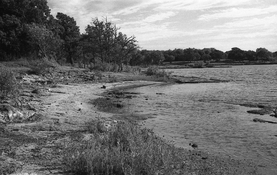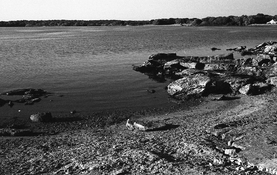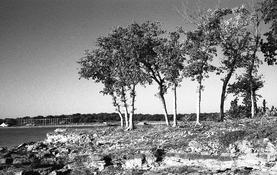Assuming the Retro 400S is actually 200ISO and I expose at 200ISO and develop at 200ISO in Rodinal 1+25, is it true that I will reduce the contrast twice from exposing at 400ISO and developing at 400ISO in Rodinal 1+25? That is my main question.
I like the contrast that I have seen on rolls I exposed and developed at 400ISO (below)so maybe I should leave well enough alone. I didn't have but one or two underexposures but I usually shoot one at Sunny 16 and then one at Sunny 16 opened up another stop, so there is a bit of insurance there.
Developing at 400ISO probably is the equivalent of pushing by one stop which adds grain, but I haven't seen more grain than I can accept.
I just scan negatives and mainly view on about 11x17" work computer screens. I will shoot a roll at 200ISO/200ISO but I am wondering if I will lose too much of the contrast that I like. Probably should shoot the same scene on two cameras, using both approaches.
Thanks!
I like the contrast that I have seen on rolls I exposed and developed at 400ISO (below)so maybe I should leave well enough alone. I didn't have but one or two underexposures but I usually shoot one at Sunny 16 and then one at Sunny 16 opened up another stop, so there is a bit of insurance there.
Developing at 400ISO probably is the equivalent of pushing by one stop which adds grain, but I haven't seen more grain than I can accept.
I just scan negatives and mainly view on about 11x17" work computer screens. I will shoot a roll at 200ISO/200ISO but I am wondering if I will lose too much of the contrast that I like. Probably should shoot the same scene on two cameras, using both approaches.
Thanks!









